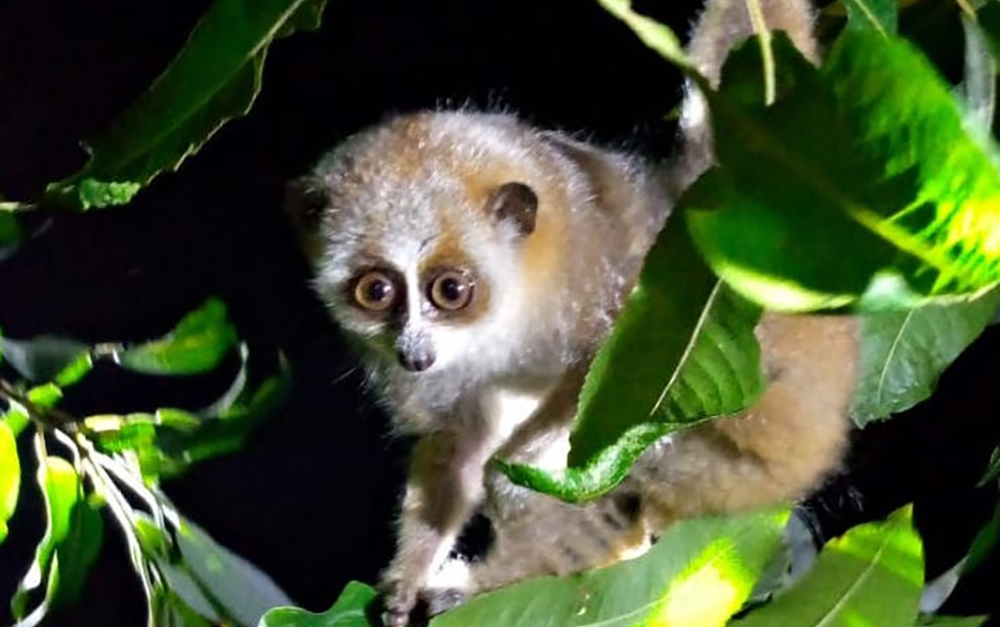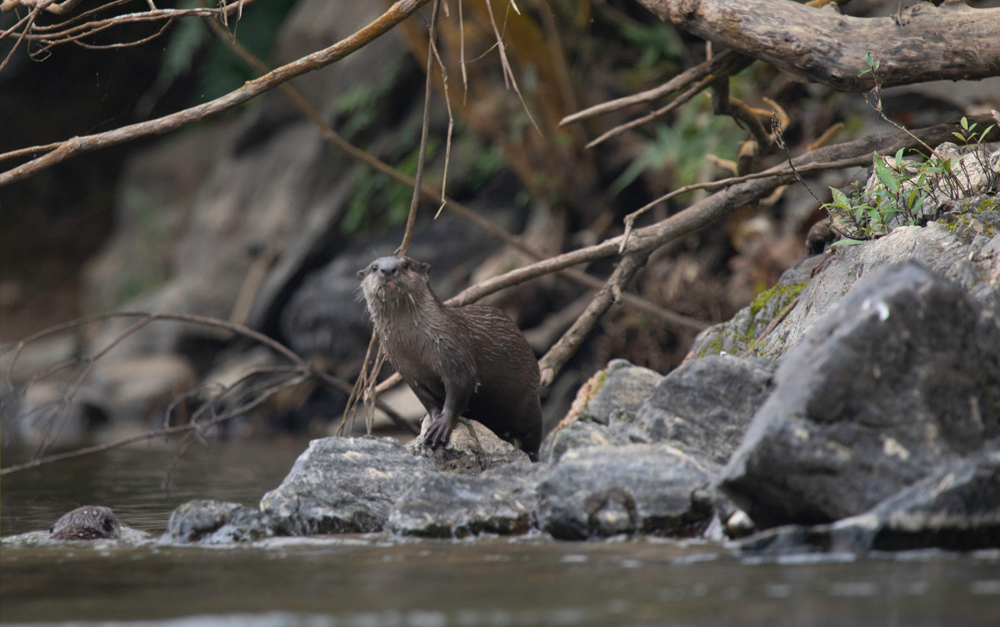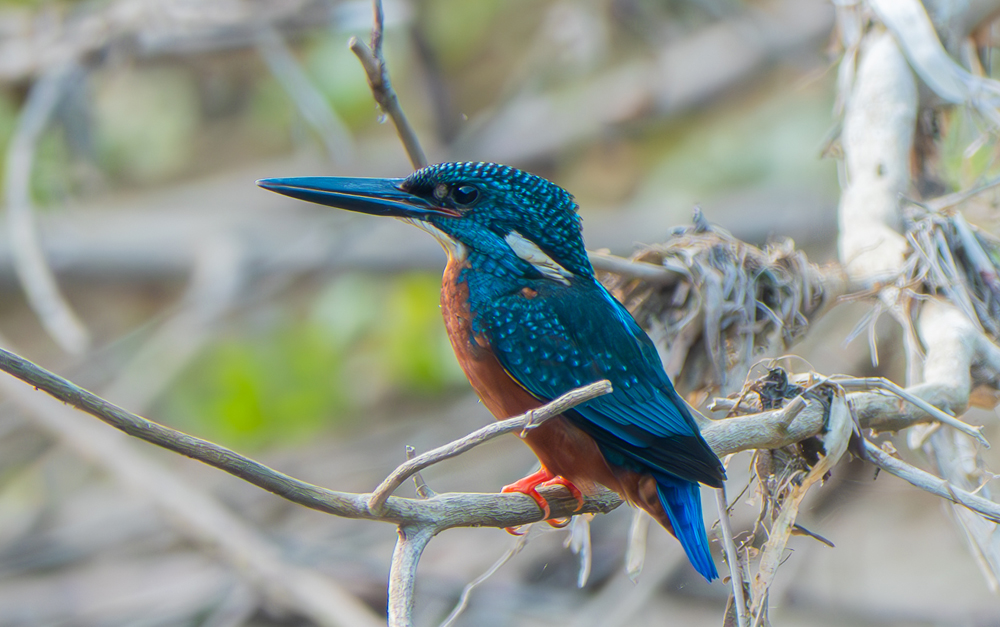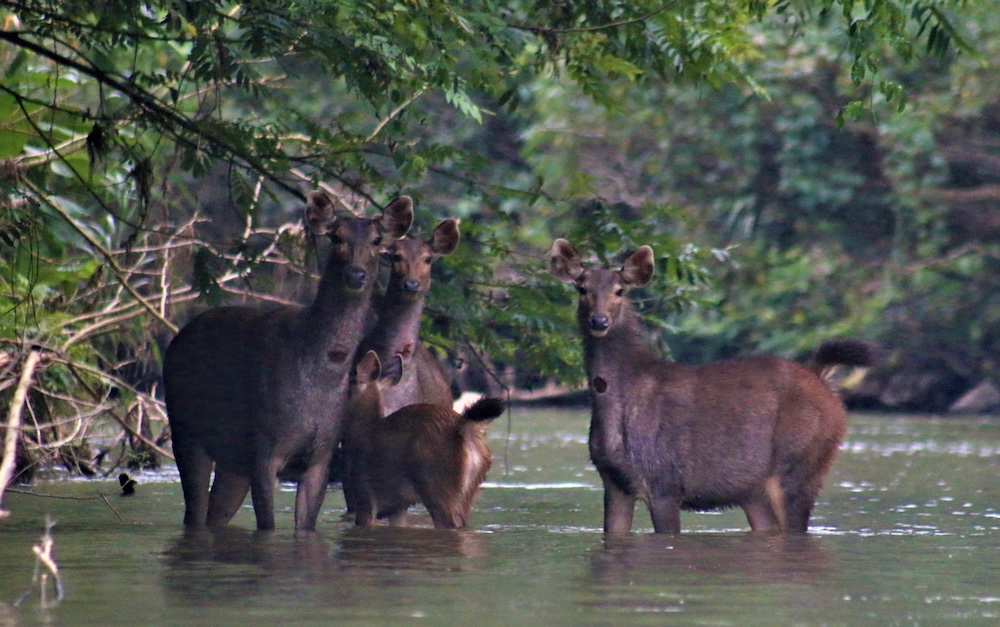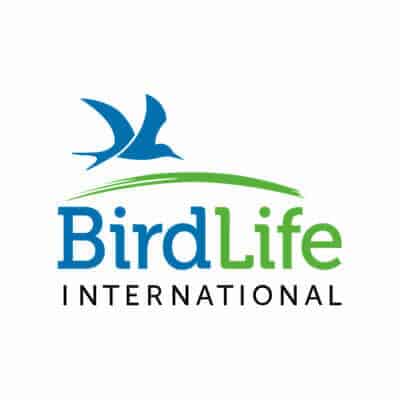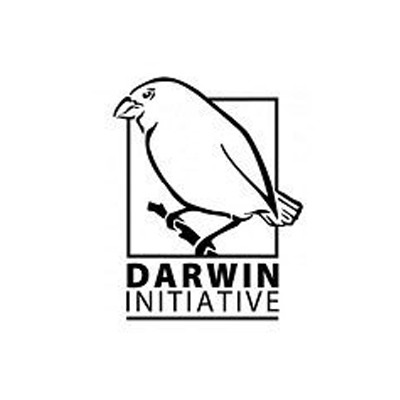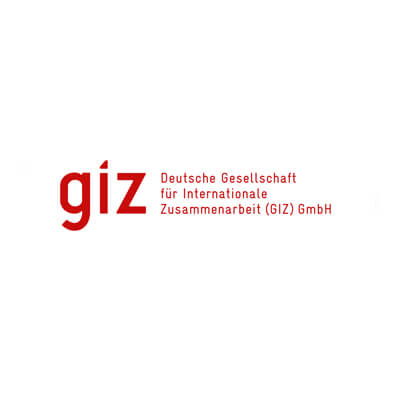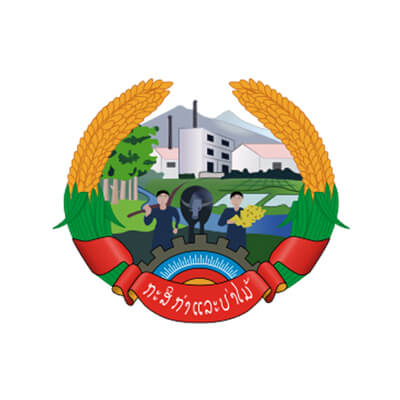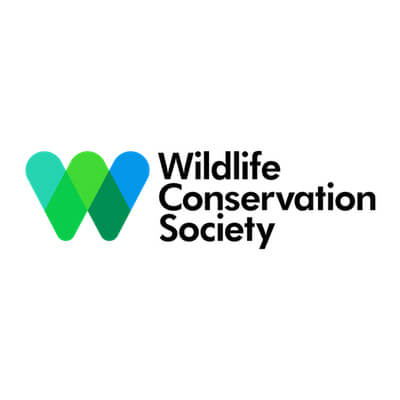Welcome to Nam Et-Phou Louey National Park!

Join us in preserving its unique biodiversity and supporting sustainable livelihoods for rural Lao communities.
IMPORTANT BIODIVERSITY AREA
The Nam Et–Phou Louey National Park (NEPL NP) is one of the largest, most biodiverse protected areas in Laos. With an area of 5,070 km2 the national park covers 10 districts in 3 provinces.
The National Park is named after the Nam Et River (“Nam” means “Water”) and Phou Louey Mountain (“Forever Mountain”).
km2
Provinces
Districts
HISTORY
The Nam Et–Phou Louey National Park’s (NEPL NP) history began in 1993 with the establishment of two National Biodiversity Conservation Areas (NBCAs), “Nam Et” and “Phou Louey.” These NBCAs were unified in 2001-2002 with the support from IUCN and was managed as a single National Protected Area (NPA) since then.
In 2003, the iNGO Wildlife Conservation Society (WCS) started providing technical support to NEPL NP. In 2016, an extension of 80,000 ha was added and in early 2019, NEPL was designated as Laos' first National Park (IUCN Category II).
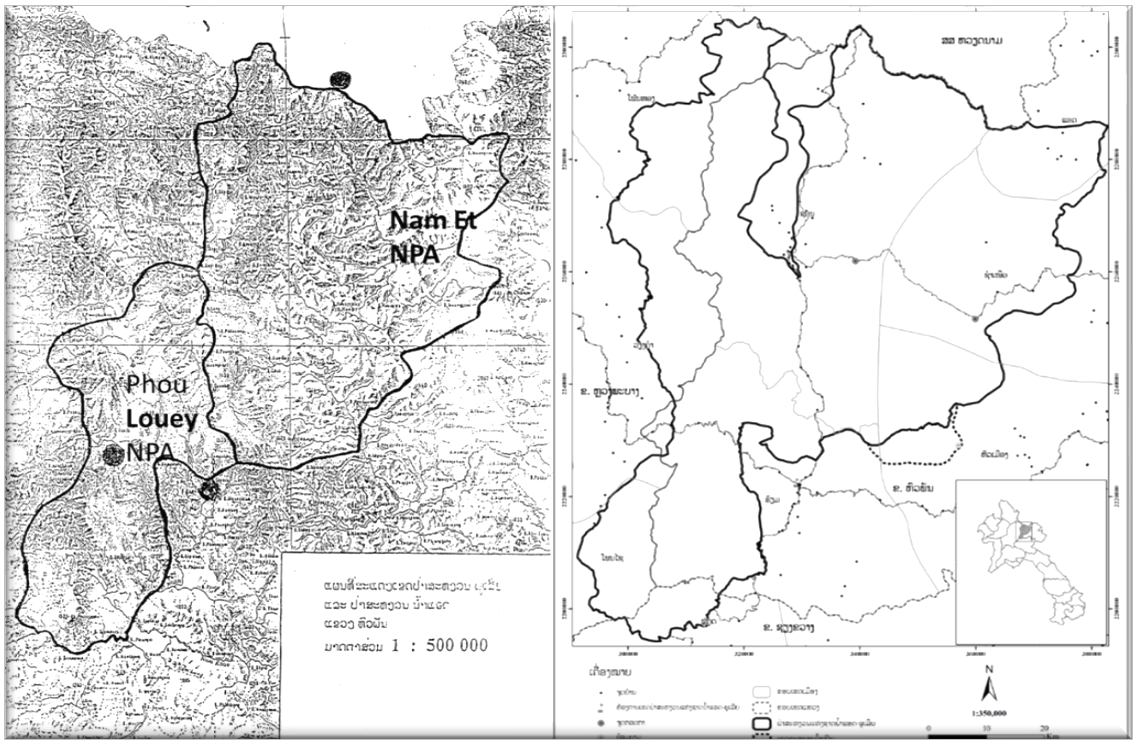
Establishment of NE-PL NBCAs
Northwestern extension
Designated as National Park
TOPOGRAPHY
The area features a dramatic mountainous terrain, with elevations ranging from 336 to 2,257 meters. The highest point is Phou Louey Mountain, while the lowest is the Nam Et River.
With 91% of its area characterized by steep slopes greater than 12%, the park serves as the source for several major rivers, including Nam Et, Nam Nern, Nam Khan, famous for shaping the UNESCO peninsula in Luang Prabang, all enriching its biodiversity and ecological significance.
Elevation Nam Et River
Elevation Mt Phou Louey
Steep Slopes (12%)
CLIMATE
The Nam Et–Phou Louey National Park features a high upland climate characterized by two distinct seasons: dry and rainy. The rainy season spans from June to September, while the dry season is from October to May.
Days are typically warm, with nice cool evenings throughout the year. Temperatures can surprisingly drop in late December and January, making it cooler than one might expect for a tropical country. Bring sun cream and your woolen hat!
VEGETATION
The majority of Nam Et–Phou Louey National Park is mixed deciduous Forest (66%), followed by Shrub-Bamboo-Grasslands (around 30%) and only around 4% is Evergreen Forest.
This vegetation type has resulted from repeated use by shifting cultivators in the past. The Phou Louey Mountain is a cloud forest and is of particular interest to botanists.
Mixed Deciduous Forest
Shrub/Bamboo/Grasslands
Evergreen Forest
WILDLIFE
The Nam Et-Phou Louey National Park is renowned for its rich wildlife biodiversity, home to many critical species, more than fifty mammal species and a high diversity of carnivore species, including at least four felid species, the endangered Dhole wild dog and two bear species.
It also hosts one of the largest populations of the Critically Endangered Northern White-cheeked Gibbon. Additionally, over 300 bird species have been recorded, with new species continually being discovered.
Carnivore Species
Mammal Species
Bird Species
PEOPLE OF THE PARK
The area surrounding the Nam Et–Phou Louey National Park is home to over 100 villages, living a subsistence lifestyle.
The region is inhabited by 8 of Laos' 50 ethnic groups, with three dominant groups: the Khmu (40%), Hmong (28%), and Lao (20%).
The livelihoods in the area are primarily based on agriculture and natural resources. Due to the mountainous landscape, upland or shifting cultivation is the primary method of farming and the main staples grown are rice and corn.
Villages
Ethnic Groups
Key ethnicities: Khmu, Hmong, Lao
CONSERVATION WORK
The Nam Et–Phou Louey National Park (NEPL NP) is managed by a dedicated Management Unit under the Ministry of Agriculture and Forestry (MAF) with technical support from iNGO Wildlife Conservation Society since 2003. Protecting NEPL NP’s rich biodiversity is a full-time task and requires a wide variety of technical skills as well as the close cooperation of a number of government agencies working together.
Ecotourism Areas
Ecotourism service villages
Beneficiary villages
VISIT THE PARK
To provide wildlife-friendly livelihood opportunities for local people, the National Park established an ecotourism program in 2010.
Visitors can enter the National Park by participating in the park's tours. Currently, two type of wildlife experiences are available: River and Mountain Experiences.
All tours are designed to create a direct link between conservation and tourism, ensuring that visitor fees positively impact local efforts to protect endangered wildlife. All tours are led by English-speaking national park guides together with the community team.

